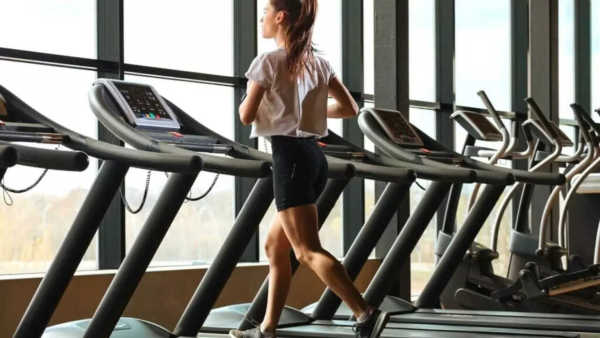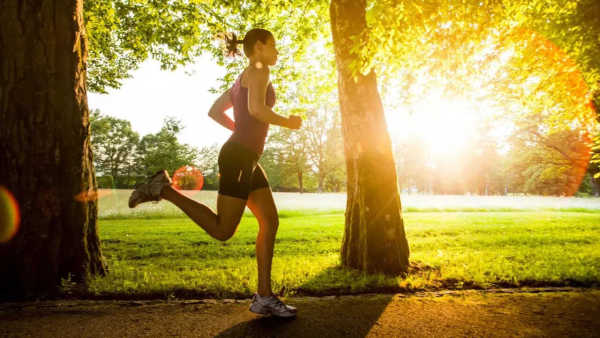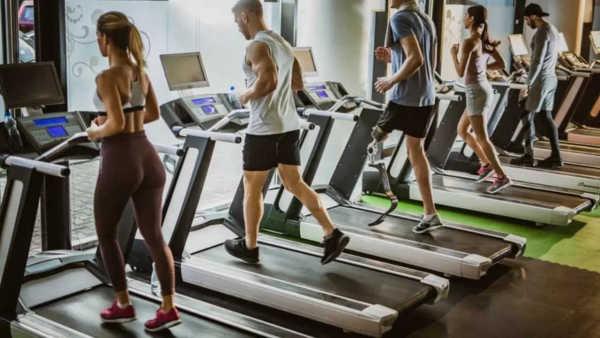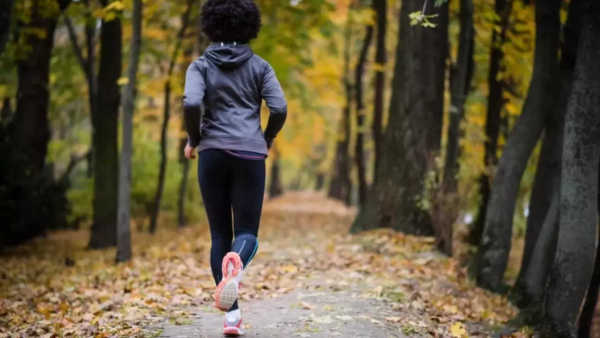Treadmill vs. Outdoor Running: Which Is Safer for Your Joints?
When it comes to cardio workouts, running is often one of the first options to consider. It’s simple, it’s fuss-free, it doesn’t require too many gears, and yet – it’s highly effective. Running is one of the best cardio exercises you can take up when you want to have a full-body workout squeezed into a limited amount of time.
However, running isn’t limited to only outdoor running these days. With the advancement in innovation and technology, you don’t even have to step out of your home to go for a run.
Enter, treadmill.
An era-altering innovation that makes running indoors work like a cakewalk!
However, every pro comes with its own set of cons. With the increasing focus on joint health, especially among aging populations and fitness enthusiasts, many runners are asking a crucial question: Is it better to run on a treadmill or outdoors when it comes to protecting your joints?
Each environment presents unique mechanical impacts on the body, with varying effects on joint safety, injury risk, and overall musculoskeletal stress.
So, how to choose – which one is better for your knees, hips, and ankles?
Understanding running and the impact on joints
Running is a high-impact, weight-bearing exercise, which means your joints, especially the knees, ankles, and hips, absorb significant force with every stride. Depending on your speed, surface, and body mechanics, the force exerted on your joints can be 2 to 4 times your body weight. Over time, this repeated impact may contribute to wear and tear on cartilage, ligaments, and tendons, especially in those with poor form, previous injuries, or underlying conditions like osteoarthritis. The repeated stress of running may also lead to overuse injuries such as patellofemoral pain syndrome (runner’s knee), shin splints, or even stress fractures, particularly for those with poor form or muscle imbalances.
Treadmill running
Treadmill running is a form of exercise where individuals run or walk on a motorized or manually powered treadmill. It involves using a moving platform with a conveyor belt to simulate outdoor running or walking. The speed and incline of the treadmill can be adjusted, allowing for controlled and varied workouts.

Pros:
Superior shock absorption: Modern treadmills are engineered with shock-absorbing belts that cushion each step. According to a study in the Journal of Sports Rehabilitation, treadmill surfaces can reduce impact force by 20–30% compared to asphalt. This makes them ideal for individuals managing joint pain, recovering from injury, or aiming to reduce cumulative joint stress.
Consistent surface, controlled environment: Running indoors means avoiding harsh weather, uneven surfaces, or poor lighting, all factors that could lead to injuries. The ability to set a constant pace also helps in maintaining proper form and rhythm. Unlike uneven sidewalks or rocky trails, treadmill belts offer a uniform, predictable surface. This consistency helps maintain a steady gait and reduces the risk of acute joint stress caused by tripping or sudden changes in terrain.
Customizable workouts: Treadmills allow you to set inclines, speeds, and intervals with precision. Gradually increasing intensity without sudden stress helps protect joints, especially for beginners or older adults.
Year-round accessibility: Running indoors ensures protection from harsh weather conditions, such as icy roads or intense heat, which could compromise safety and form, two factors tied closely to joint injuries.
Cons:
Repetitive motion over time: While cushioned, the repetitive nature of treadmill running may cause overuse injuries if not balanced with strength training or other cross-training activities.
Limited muscle engagement: As the treadmill belt moves for you, some argue it reduces posterior chain activation, potentially altering natural running mechanics and causing joint stress in the long run.
Mental boredom: Though not directly joint-related, boredom can cause runners to lose focus on form, potentially leading to poor biomechanics and stress-related injuries.
Outdoor running
An outdoor run refers to the activity of running or jogging in an outdoor environment, such as on streets, trails, or paths, as opposed to running on a treadmill indoors. It's characterized by natural elements like varied terrain, weather conditions, and scenery, which can offer a more dynamic and engaging experience.

Pros:
Varied terrain builds stability: Running on trails, grass, or soft dirt paths engages stabilizer muscles in the hips, knees, and ankles. This increased demand improves joint strength and coordination over time, reducing injury risk from imbalance or instability.
Natural movement patterns: Outdoor running typically involves varied terrain (grass, trails, hills), which activates stabilizing muscles in the hips, ankles, and core. This variation helps improve joint stability and proprioception (body awareness). It allows for natural biomechanics, including variable stride lengths, turns, and elevation changes, which mimic real-world movements and promote joint adaptation and resilience.
Mental and physical health benefits: Sun exposure aids vitamin D synthesis, vital for bone and joint health. Outdoor running is also linked to reduced stress and better mental health, which indirectly supports physical recovery and injury prevention.
Cons:
Hard surfaces increase impact: Concrete and asphalt (common outdoor surfaces) lack shock absorption. Running on asphalt or concrete exerts significantly more force on your joints compared to treadmill belts. According to research, these surfaces can increase joint impact, particularly for runners without proper footwear or poor running form.
Injury risks from unpredictability: Potholes, curbs, wet leaves, or uneven ground can lead to sprains, twists, or falls, all of which can acutely or chronically affect joint health.
What does science say
A study published in the Journal of Orthopaedic & Sports Physical Therapy found that treadmill running reduced peak impact forces and knee loading compared to outdoor surfaces. This suggests that for runners with knee concerns or osteoarthritis, treadmills may offer a safer alternative.

On the other hand, a study in the British Journal of Sports Medicine reported that trail runners experienced fewer overuse injuries and had stronger joint stabilizers due to varied terrain. However, they were more susceptible to acute injuries like ankle sprains due to uneven ground.
As per these studies, biomechanical efficiency was slightly better in outdoor runners due to the natural wind resistance and ground variation. However, the benefits often come with a greater risk of joint stress, especially on urban surfaces.
The takeaway? Both environments present unique pros and cons, and the safest choice often depends on personal factors such as fitness level, injury history, and running goals.
Which one is safer for your joints?
If minimizing joint impact is your top priority, especially if you’re dealing with arthritis, recovering from injury, or just starting out, the treadmill offers a controlled, cushioned environment that’s easier on your knees and hips.

If you’re an experienced runner aiming to build joint strength, balance, and resilience, running outdoors on softer terrains like grass or trails can be beneficial, provided you wear proper footwear and stay mindful of your form.
Ultimately, surface matters more than location. A treadmill is safer than concrete, but a dirt trail might be gentler than both. Matching the surface to your body’s needs is key.
Tips to protect your joints while running
Regardless of your running environment, consider these tips for joint safety:
Warm up and cool down properly
Strength train your lower body and core to support joints
Invest in proper running shoes based on your gait
Mix running surfaces to avoid overuse injuries
Listen to your body; pain is a signal, not a challenge
The final verdict
There’s no universal answer to which is safer, treadmill or outdoor running, for your joints. Both have their merits and risks. What matters most is how you run, where you run, and how well you care for your body. Combining both styles, choosing softer surfaces, using proper technique, and building strength can help you run longer, faster, and safer, without sacrificing joint health.
Read more









